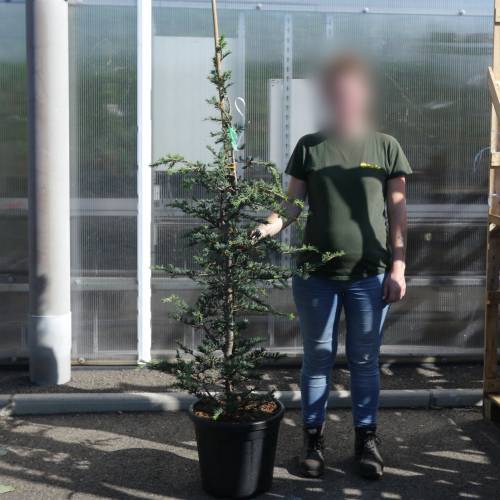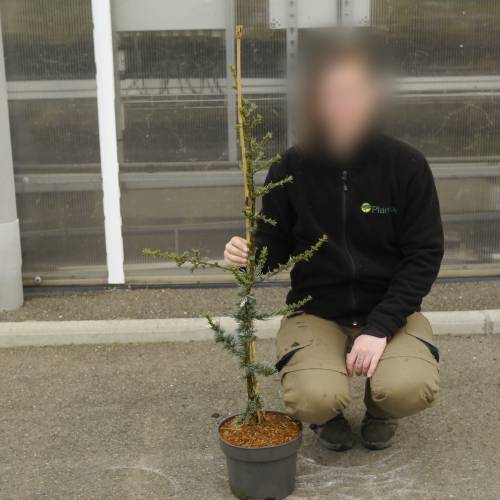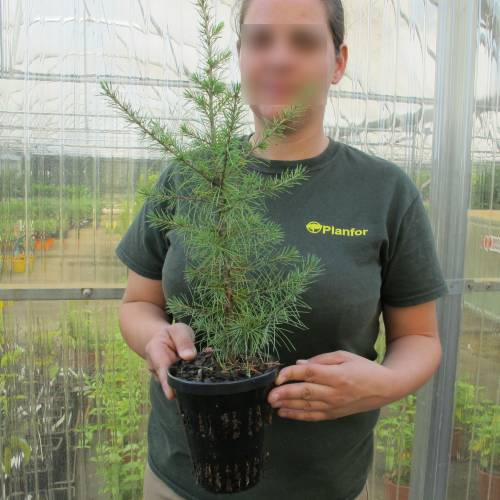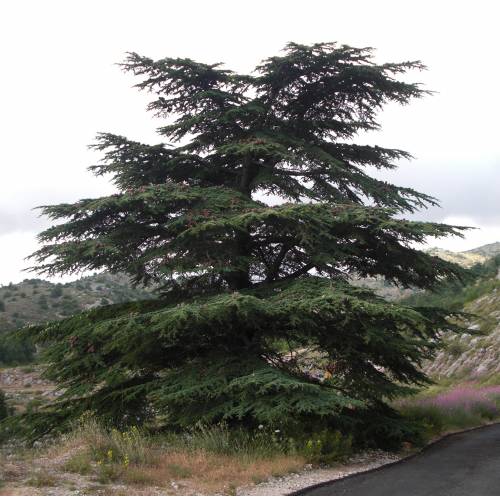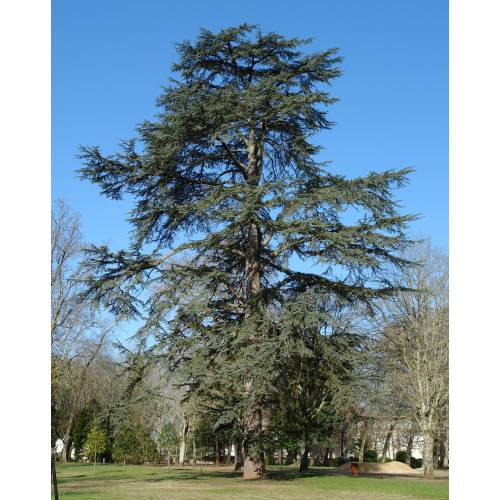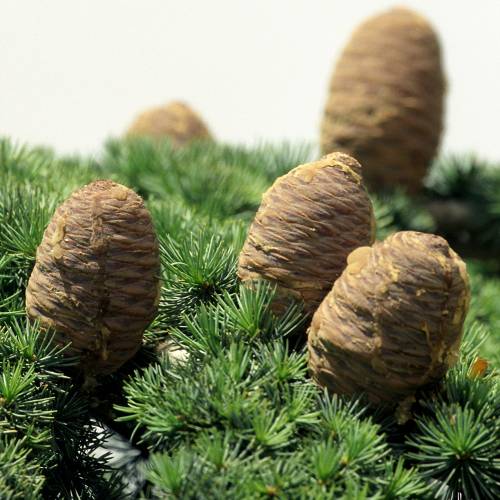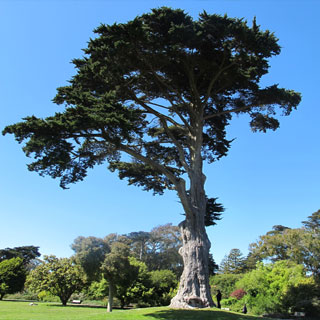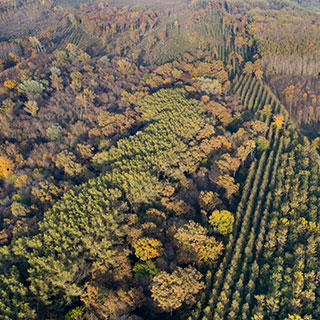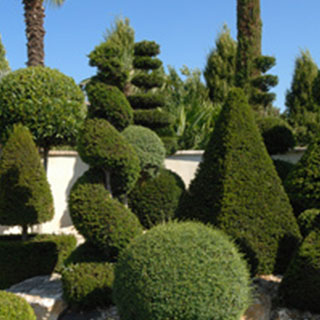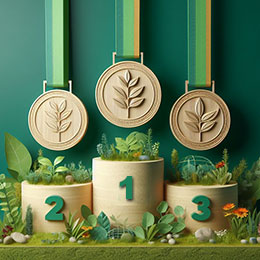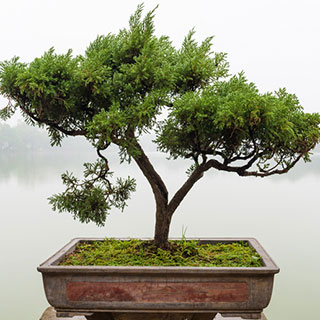
Plants
Cedar, Lebanon / Cedrus libani
-
165.08 € Lebanon cedar - Cedrus libani
1469M1 - Available
-
124.28 € Blue Lebanon cedar - Cedrus libani Glauca
1469HZ - Available
-
119.55 € Blue Lebanon cedar - Cedrus libani Glauca
1469cZ - Available
-
104.28 € Lebanon cedar - Cedrus libani
1469M2 - Available
-
102.44 € Blue Lebanon cedar - Cedrus libani Glauca
1469H1 - Available
-
98.75 € Blue Lebanon cedar - Cedrus libani Glauca
1469c1 - Available
-
98.28 € Lebanon cedar - Cedrus libani
1469R - Available
-
92.56 € Lebanon cedar - Cedrus libani
1469r - Available
-
72.28 € Lebanon cedar - Cedrus libani
1469IB - Available
-
67.08 € Lebanon cedar - Cedrus libani
1469IC - Available
-
20.28 € Lebanon cedar - Cedrus libani
1469X - Available
-
19.71 € Lebanon cedar - Cedrus libani
1469Y - Available
-
19.19 € Lebanon cedar - Cedrus libani
1469Z - Available
-
18.67 € Lebanon cedar - Cedrus libani
1469Z1 - Available
-
9.88 € Lebanon cedar - Cedrus libani
1469K - Available
-
9.31 € Lebanon cedar - Cedrus libani
1469VB - Available
-
8.27 € Lebanon cedar - Cedrus libani
1469V - Available
-
6.76 € Lebanon cedar - Cedrus libani
1469h - Available
-
6.19 € Lebanon cedar - Cedrus libani
1469j - Available
-
4.68 € Lebanon cedar - Cedrus libani
1469k - Available
-
4.20 € Special Offer - 35%
1469hX - Available
-
2.55 € Lebanon cedar - Cedrus Libanii
1469e - Available
-
2.03 € Lebanon cedar - Cedrus Libanii
1469d - Available
-
0.40 € FERTILISER
1469A - Available
-
0.00 € Lebanon cedar - Cedrus libani
1469F - Request for quotation
-
Areas of origin: Mountains of the oriental Mediterranean Lebanon, Syria and Turkey, from 1000 to 2000 m (1094-2187yds). Introduced in 1683.
Adult Dimensions: Height up to 50 m (164'), width up to 20 m (65.6').
Foliage: Evergreen.
Soil Type: All except for in stagnant water.
Hardiness: Hardy to -16°C.
Exposure: Full sun.
Properties and uses:
It is the pattern of the branches that give this beautiful tree its character. Planted alone in parks it is also used to create magnificent avenues. Bonsai enthusiasts use this species to work on. Some trees are hundreds of years old. The wood is very strong, fragrant and resistant to moisture and termites such as those found in the temples of the Middle East and India. Can be used for veneers.
- Cedrus libani Glauca: the more spreading shape and the blue-gray needles differentiate it from the type species Cedrus libani.
Plant, or reforest Lebanon Cedar, Cedar of Lebanon, Cedrus libani – Foresters Guide
1) The Lebanon Cedar, Cedar of Lebanon (Robinia pseudo-acacia) is it suitable for my land? The Cedar of Lebanon can grow in different types of soils. The Cedars of Turkey are, in average, better adapted to chalky soils. The Cedar of Lebanon doesn’t like poorly drained soils and tolerates hydric stress. The burgeoning Taurus coming from the East as well as the Atlas Cedar coming from France are not sensitive to late frost.
2) Which planting density for my Lebanon Cedar, Cedar of Lebanon plot? (Cedrus libani)
The planting density is the number of plants planted in one hectare (acre). Here it means determining the initial number of young plants and to choosing their repartition in the available space.
The planting density is defined by the gaps in between the lines as well as the spacing in between each plant on a same line.
It is the basics of the silvicultural path which must lead to a final trees’ population of quality and to the fulfilment of the land’s owner set goals.
Advice: When choosing the density, think about the width of the tool which will allow the maintenance of the gaps in between the lines. The space in between the lines must allow clear passage for a tractor-drawn, maintenance tool.
For the Cedar of Lebanon (Cedrus Libani):
- Since it has many similarities with its cousin the Atlas Cedar, the Cedar of Lebanon can be used for dynamic forestry, with densities ranging from 1200 to 1500 plants/hectare, according to the forester’s target.
3) How to prepare the soil to plant Lebanon Cedar, Cedar of Lebanon (Cedrus libani)?
In Silviculture, working the soil is a key element in the success of planting. The root system of the tree must take rapidly where planted. Whether the work is done mechanically or manually, we recommend working the soil in its depth for optimum planting.
4) How to plant the Lebanon Cedar, Cedar of Lebanon (Cedrus libani)?
a- Receipt, storage and preparation of the plants before planting
- Upon receipt, place the crates side by side, on a flat surface so as there is no air circulation underneath. Choose a shady spot protected from wind;
- Maintain a good humidity level of the plants on the crates placed on the edges,
- Plan for the possibility of watering if planting is delayed or if the plants require water,
- In case of frost, do not handle the plants and if frost is forecasted for several days, place mulch on the edges.
b- Planting
Our team of professional planters use a planting cane to place the earth-balled plants in situ. This ergonomic, light tool allows quality, quicker planting work. It is also possible to carry out a traditional planting work using a pickaxe or a spade
In all case, you must:
- Dig a hole a little bit larger than the earth-ball ;
- Position it well in the hole;
- Cover it entirely;
Finally, the worker will tamp down the soil carefully with its foot. It is forbidden to press strongly or again to heel-butt the plant to avoid crushing the earth-ball and damage the root system of the plant.
Video on planting using a planting cane
Buy Planting cane
5) How to limit weeds on my Lebanon Cedar, Cedar of Lebanon plot (Cedrus libani) ?
During the first years, it is essential to eliminate all self-propagating plants. Not controlled they are going to be in competition with your plants and are going to deprive the young trees of the vital elements they require to grow (water, light and nutritional elements). You must therefore eliminate mechanically this unwanted competition until the trees are big enough to be able to dominate it.
Two types of operations are possible after planting:
Manual clearing around the plants
It is in fact acts often carried out using portable thermic Strimmers or billhooks to clear plants on a line or around the plants themselves.
Mechanical clearing of the space in between the lines
These actions are done using cutters and flail mowers, horizontal or vertical cutters, mounted on mini excavators or tractors. As a result, they cannot be undertaken outside the spaces available between the tree lines (seedlings or plants).
6) How to protect my young False Acacia plants from wildlife (Cedrus libani) ?
There is a necessity to protect the plot as soon as the population’s density of Cervidae (deer and roe deer in particular) risk leading to significant damage such as undergrowth of the plants or friction of the stems. Sometimes, the setting up of plants’ protection is also necessary as soon as the rodents’ population (rabbits, hares, coypu, voles...) are locally important.
3 types of protections are possible:
- Individual, mechanical Protections ( dissuasive netting, photo-degradable tubes,...)
- Protection by total wire-fencing of the plot,
- Protection by applying a repellent on each plant or on the borders of the plot.
Catalogue Protections against Game

